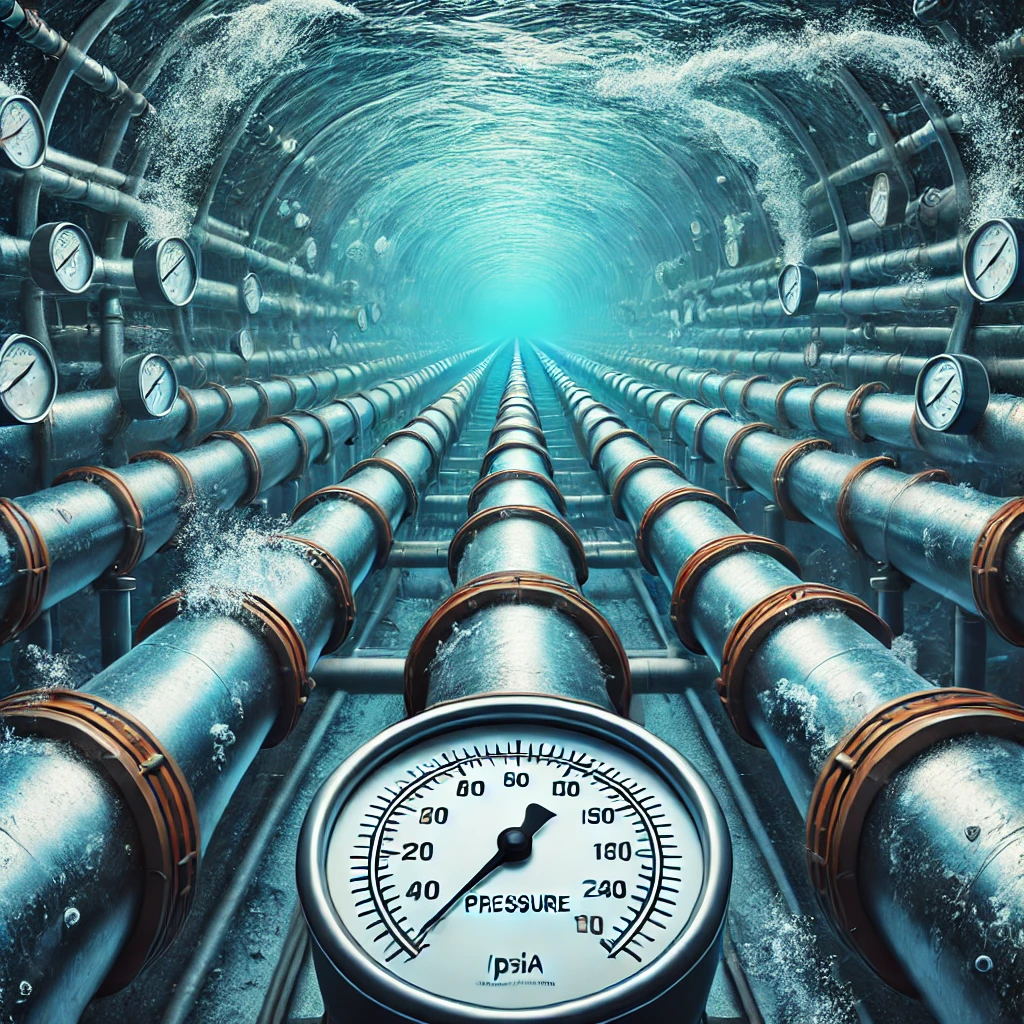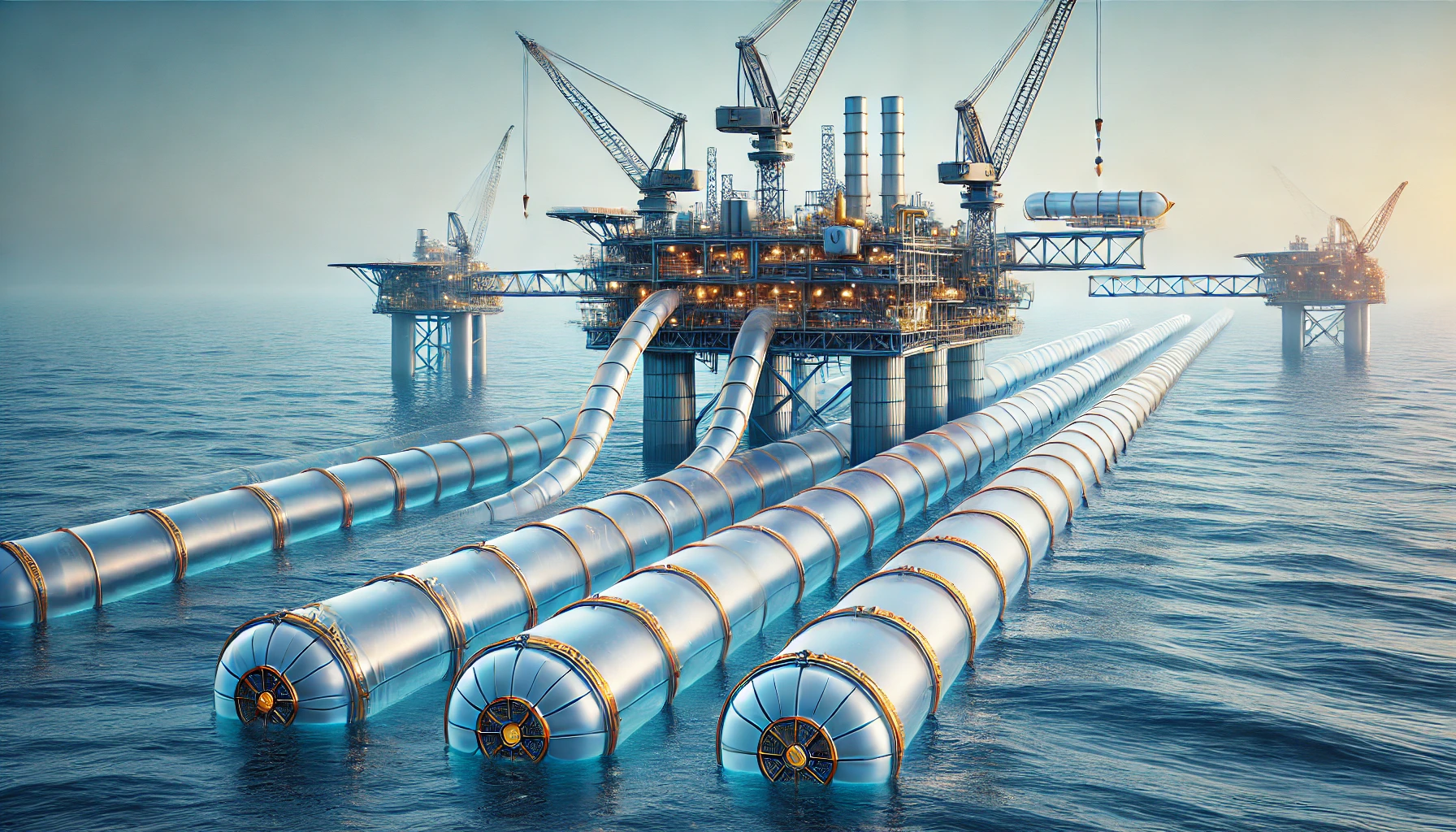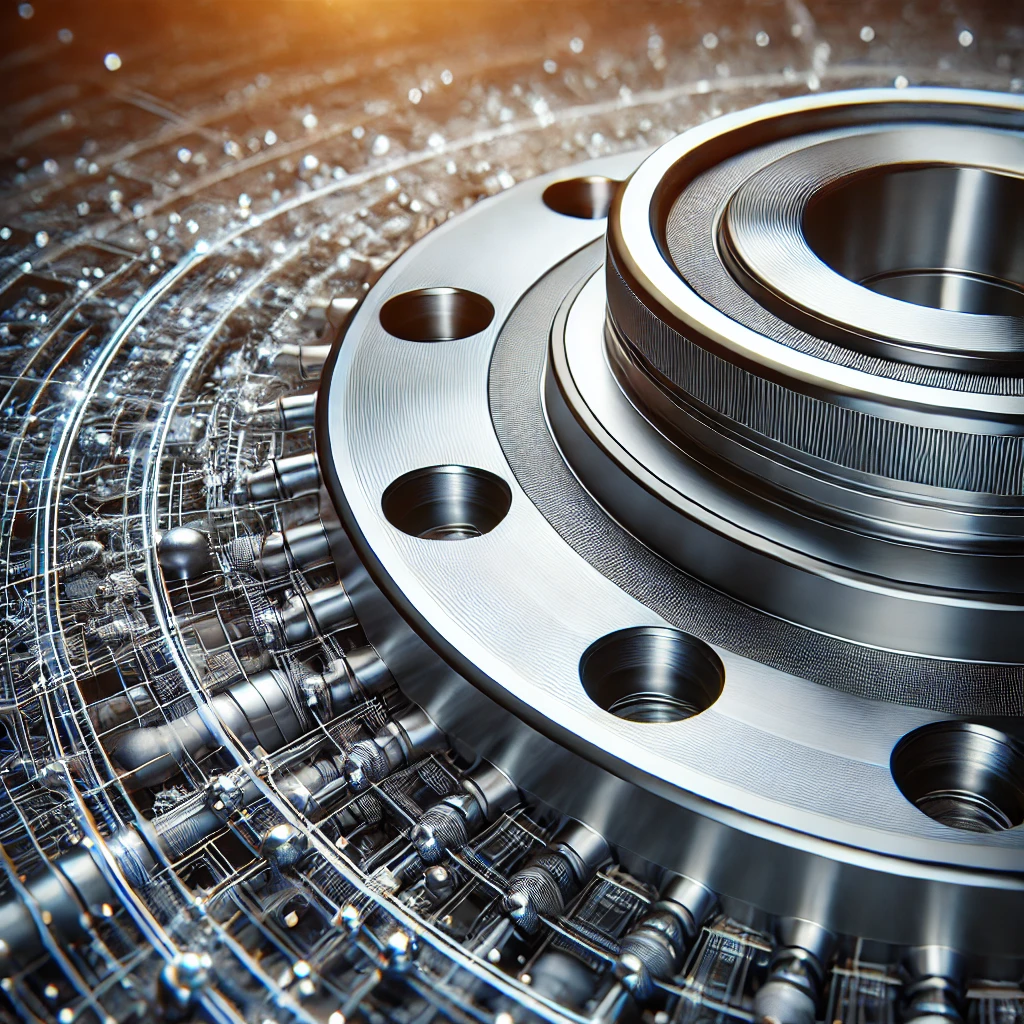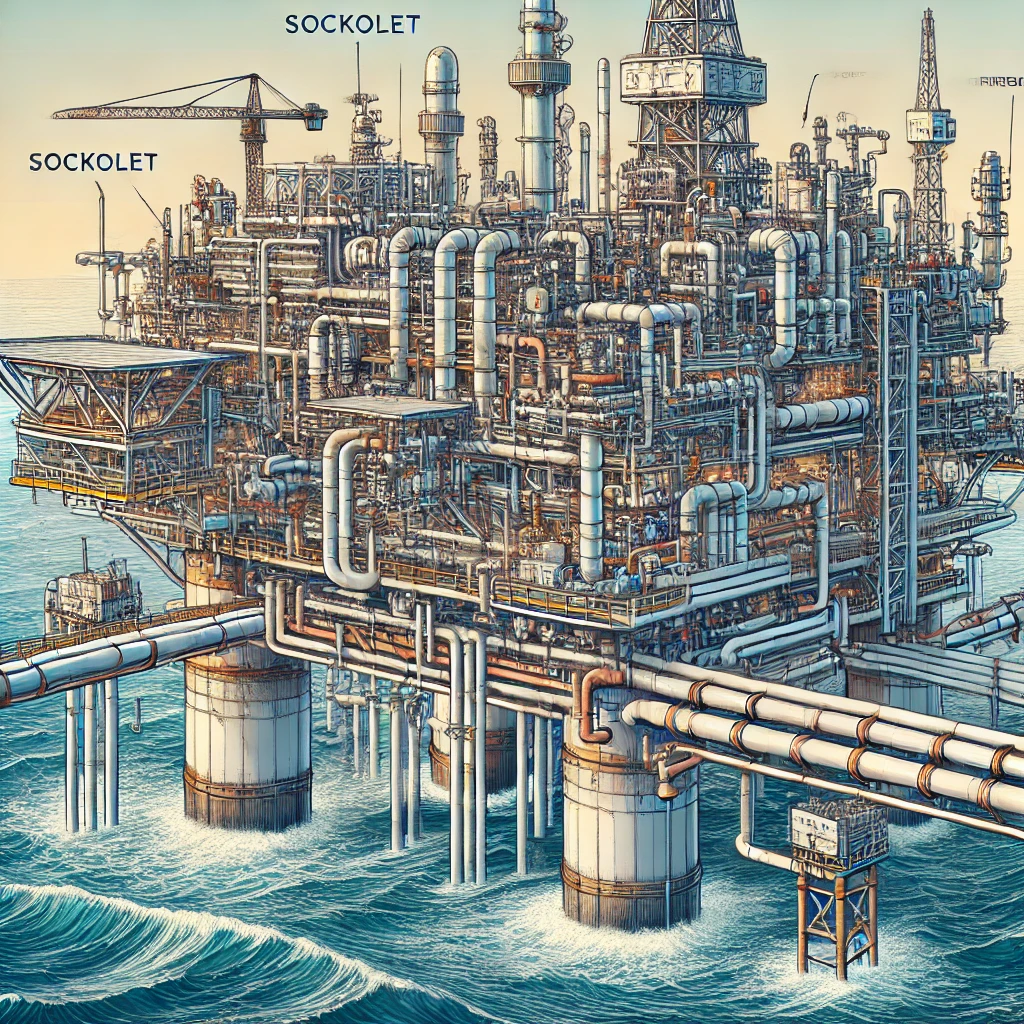In the field of ocean engineering, precision and accuracy in measurements (PSIA and PSIG) are paramount. This precision often extends to understanding and utilizing various units of pressure, particularly pounds per square inch absolute (PSIA) and pounds per square inch gauge (PSIG). These units are fundamental to the design, analysis, and operation of underwater and ocean-related systems. This blog aims to delve into the differences between PSIA and PSIG, their significance in ocean engineering, and the methods for converting between these two units.
The Basics: What are PSIA and PSIG?
Before diving into their applications and conversions, it’s crucial to understand what PSIA and PSIG represent.
- PSIA (Pounds per Square Inch Absolute): This unit measures pressure relative to a perfect vacuum. It includes atmospheric pressure, which at sea level is approximately 14.7 psi. Hence, PSIA accounts for the absolute total pressure exerted by the atmosphere plus the pressure of the system being measured.
- PSIG (Pounds per Square Inch Gauge): This unit measures pressure relative to atmospheric pressure. It does not include the atmospheric pressure in its measurement, meaning it only measures the pressure in excess of the current atmospheric pressure.
Why the Distinction Matters in Ocean Engineering
Ocean engineering involves dealing with vast pressures and forces, especially at significant depths. Understanding the differences between PSIA and PSIG is crucial for several reasons:
Safety and Design
Accurate pressure measurement is vital for designing underwater vehicles, pipelines, and structures that can withstand deep-sea pressures without failing. The harsh conditions of the ocean, particularly at greater depths, impose extreme pressures that can easily compromise the integrity of improperly designed structures. For instance:

- Submersibles: Vehicles like submarines and remotely operated vehicles (ROVs) are designed to explore the depths of the ocean. These vehicles are subject to immense pressures as they descend. At a depth of 10,000 feet, the pressure can reach approximately 4,500 psi (PSIA). Using PSIA ensures that engineers account for the total pressure exerted by the water and atmosphere, enabling them to design hulls and other structural components that can endure these extreme conditions.
- Underwater Pipelines: These pipelines are essential for transporting oil, gas, and other resources from underwater reserves to the surface. They must withstand both the internal pressure of the transported fluid and the external pressure of the surrounding water. Designing pipelines with an understanding of PSIA ensures that they can endure the combined pressures, preventing leaks or ruptures that could have catastrophic environmental and economic impacts.
- Marine Structures: Offshore platforms and underwater installations must be designed to withstand not only the static pressure due to water depth but also dynamic pressures caused by waves, currents, and tides. Engineers use PSIA to ensure that these structures remain stable and secure under varying pressure conditions.
Instrumentation
Instruments like pressure sensors and gauges must be correctly calibrated to PSIA and PSIG to ensure accurate readings and avoid catastrophic errors. Precise calibration is critical for several reasons:

- Depth Measurement: Accurate depth measurement relies on pressure readings. Instruments calibrated in PSIA can provide absolute pressure measurements, essential for determining the exact depth. Miscalibrated instruments can lead to incorrect depth readings, which can jeopardize navigation and operational planning.
- Monitoring and Control Systems: Submersibles and underwater vehicles often use pressure sensors to monitor the integrity of their hulls and systems. These sensors must be calibrated to PSIA to detect any deviations from expected pressure levels that could indicate potential failures or breaches.
- Environmental Monitoring: Oceanographic instruments that monitor water pressure, temperature, and other parameters rely on precise pressure measurements. Accurate calibration ensures that scientists and engineers can gather reliable data to understand ocean dynamics and environmental changes.
Operational Efficiency
Misunderstanding or misapplying these units can lead to inefficiencies or operational failures, which can be costly and dangerous in the ocean environment. Proper application of PSIA and PSIG enhances operational efficiency in several ways:
- Preventing Overdesign and Underdesign: Using incorrect pressure measurements can lead to either overdesign or underdesign of structures and systems. Overdesign results in unnecessary material and cost expenditures, while underdesign can lead to failures and accidents. Correctly applying PSIA ensures that designs are optimized for actual pressure conditions, balancing safety and cost-effectiveness.
- Maintenance and Repair: Accurate pressure monitoring is crucial for the maintenance and repair of underwater structures and vehicles. Understanding PSIA helps engineers identify and address pressure-related issues before they lead to significant problems. This proactive approach reduces downtime and maintenance costs.
- Operational Planning: For deep-sea exploration and resource extraction, precise pressure measurements are essential for planning and executing operations. Misinterpreting pressure data can lead to operational delays, increased costs, and even dangerous situations for personnel and equipment.
Practical Examples in Ocean Engineering
To illustrate the importance of understanding PSIA and PSIG, let’s consider a few practical examples:
Deep-Sea Exploration
In deep-sea exploration, vehicles like the Alvin submersible are designed to withstand pressures up to 6,000 psi (PSIA). This ensures the safety of the crew and the integrity of the vehicle at extreme depths. Any miscalculation or misinterpretation of pressure measurements could result in catastrophic structural failures, putting lives at risk and compromising valuable scientific research.
Offshore Drilling
Offshore drilling operations require precise pressure management to avoid blowouts and other dangerous incidents. Engineers must understand PSIA to accurately gauge the pressures exerted on drilling equipment and the surrounding environment. Properly calibrated instruments and an understanding of absolute pressure help in maintaining well control and preventing accidents.

Subsea Pipelines
Subsea pipelines transport hydrocarbons from underwater reserves to processing facilities. These pipelines face both internal pressure from the transported fluid and external pressure from the surrounding water. Designing these pipelines using PSIA ensures that they can handle the combined pressures, preventing leaks that could have severe environmental and economic consequences.
Advanced Considerations
Dynamic Pressure Conditions
The ocean environment is dynamic, with constantly changing pressures due to waves, tides, and currents. Engineers must design systems that can withstand these fluctuations. Using PSIA and PSIG helps in providing a comprehensive understanding of the total pressure exerted on underwater structures, allowing for more robust and resilient designs.
Temperature Effects
Temperature variations can affect pressure readings. In the deep ocean, temperatures can be near freezing, impacting the density of the water and, consequently, the pressure exerted on structures and instruments. Engineers must consider these temperature effects when designing and deploying equipment to ensure accurate pressure measurements.
Material Selection
The choice of materials for underwater structures and vehicles is influenced by the pressure conditions they will face. Materials must be selected based on their ability to withstand high pressures and corrosive environments. Understanding PSIA and PSIG helps engineers make informed decisions about material selection, ensuring the longevity and reliability of underwater systems.
Case Studies for Understanding PSIA and PSIG

The Deepwater Horizon Incident
The Deepwater Horizon incident in 2010 highlighted the importance of accurate pressure measurement and management in deep-sea drilling. One of the contributing factors to the disaster was the misinterpretation of pressure readings, underscoring the need for precise calibration and understanding of pressure units like PSIA and PSIG.
The Design of the Alvin Submersible
The Alvin submersible, used for deep-sea exploration, is designed to withstand pressures up to 6,000 psi (PSIA). This design consideration ensures the safety of the crew and the integrity of the vehicle at extreme depths, showcasing the critical role of accurate pressure measurement in ocean engineering.
Future Directions
Advancements in sensor technology and materials science are paving the way for more accurate and resilient pressure measurement tools. Innovations in these areas will enhance the capabilities of ocean engineers to design safer and more efficient systems. Furthermore, increased automation and real-time data analysis will allow for better monitoring and management of pressures in dynamic ocean environments with units of PSIA and PSIG.
Conclusion
Understanding the differences between PSIA and PSIG and their correct application is crucial in ocean engineering. From designing submersibles to maintaining underwater pipelines, accurate pressure measurement ensures the safety, efficiency, and success of ocean-related projects. As technology advances, the ability to precisely measure and manage pressures will continue to be a cornerstone of innovation and progress in ocean engineering.
Hope this blog helps you in understanding the difference between PSIA and PSIG.











